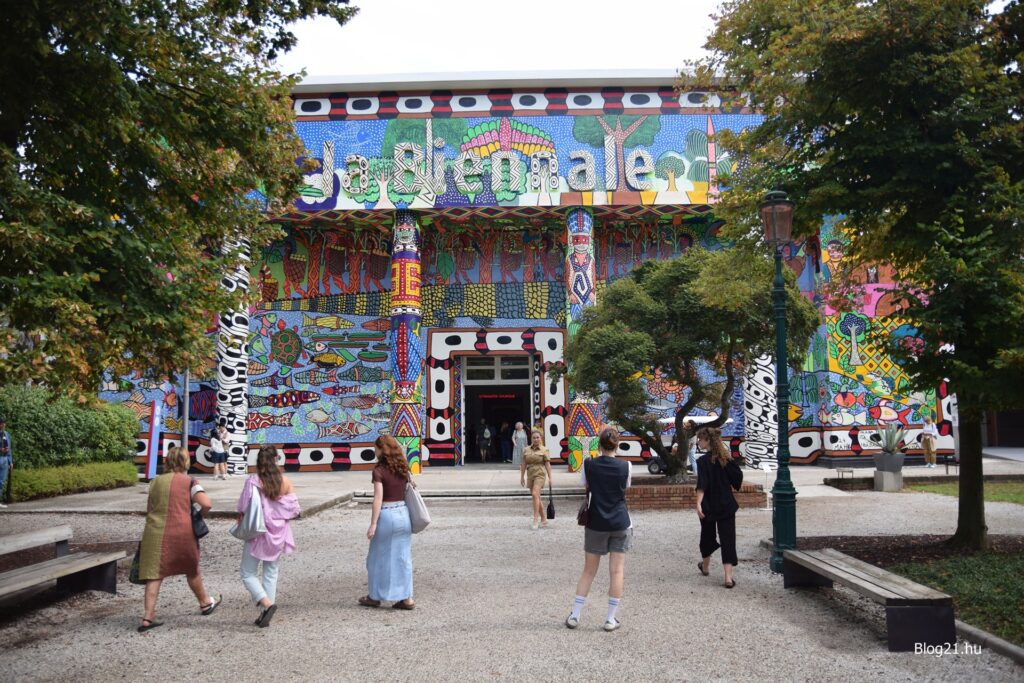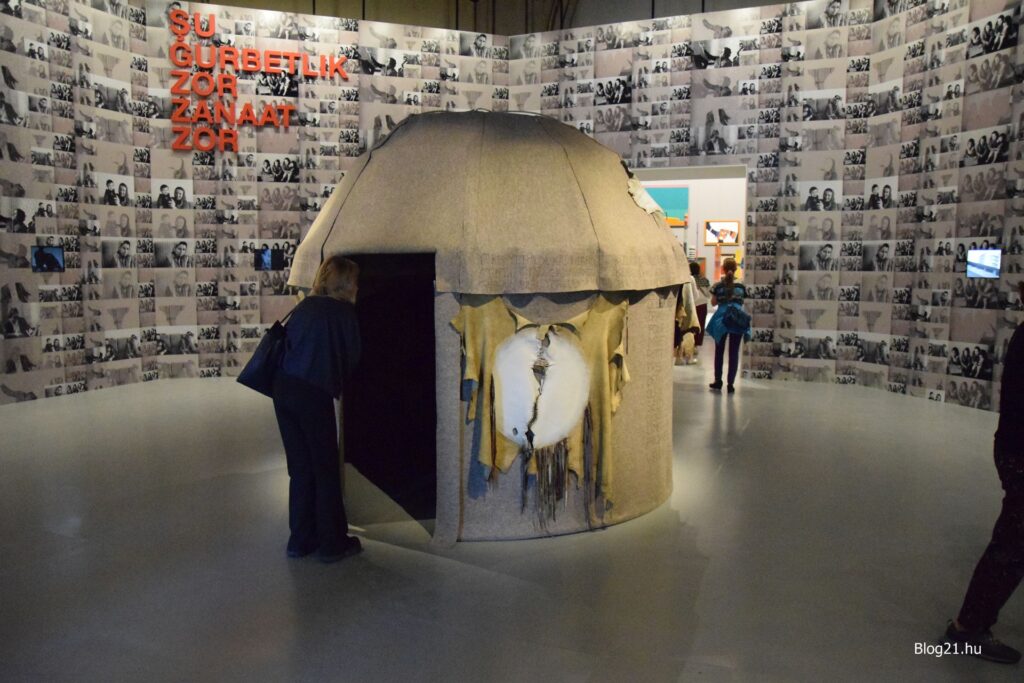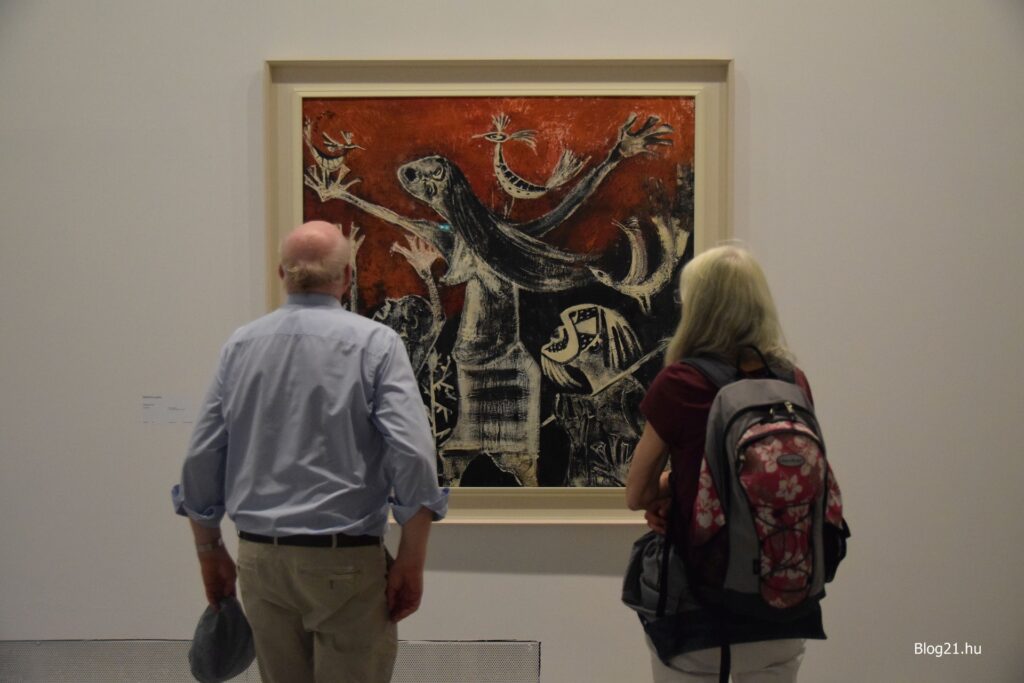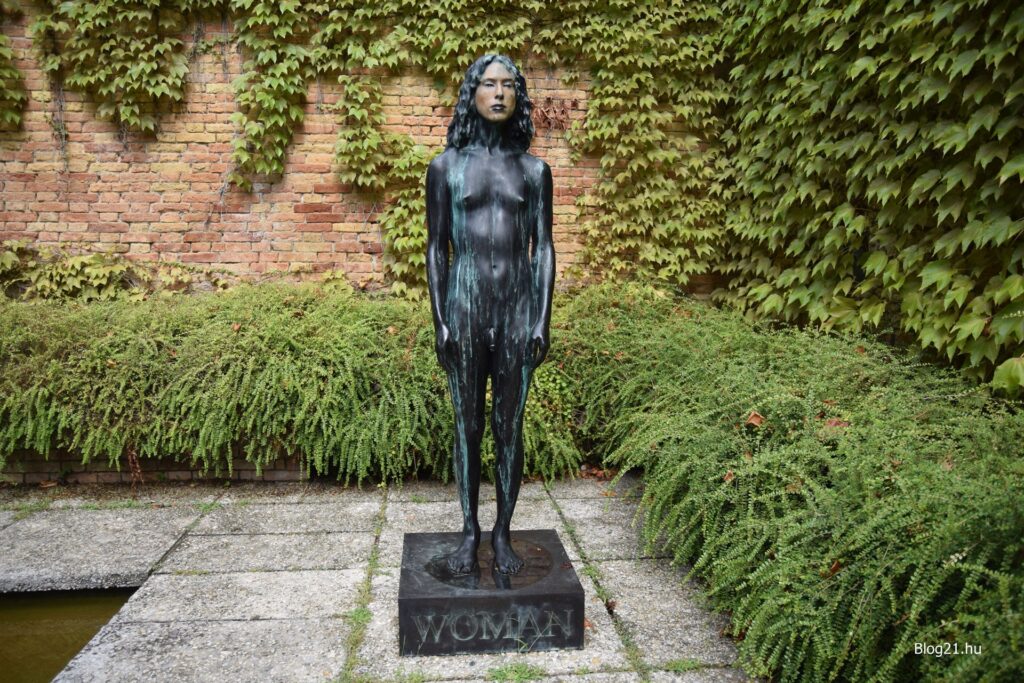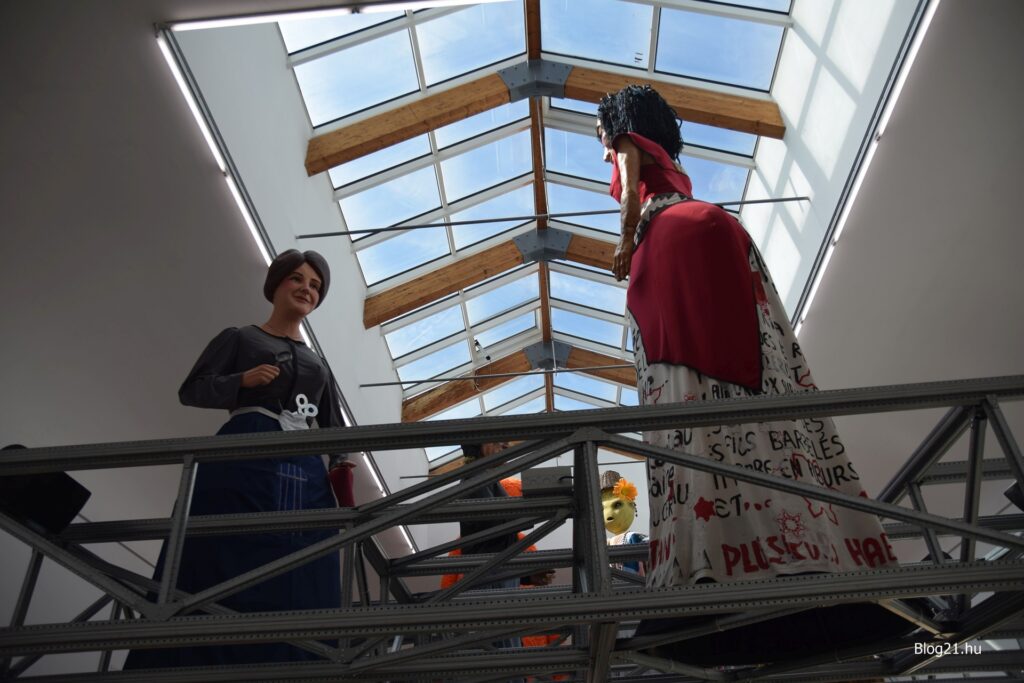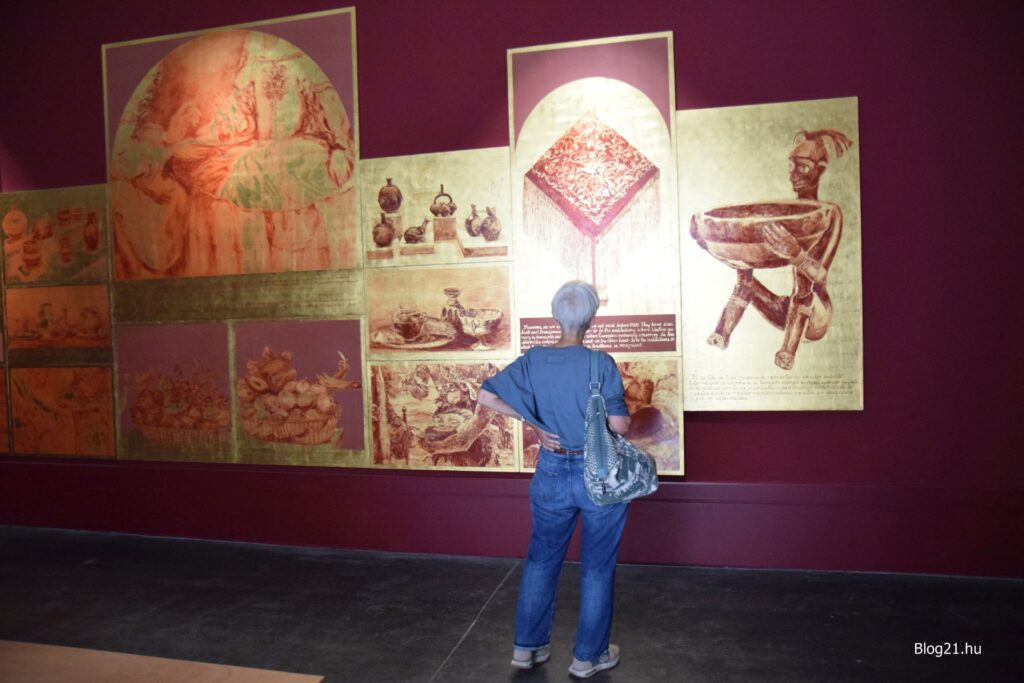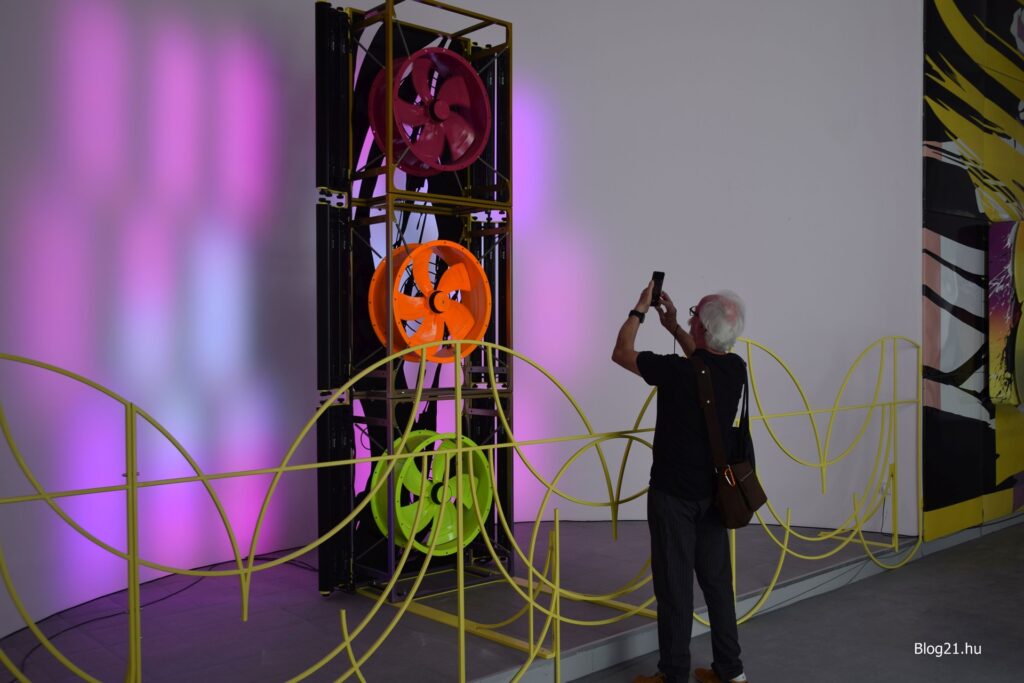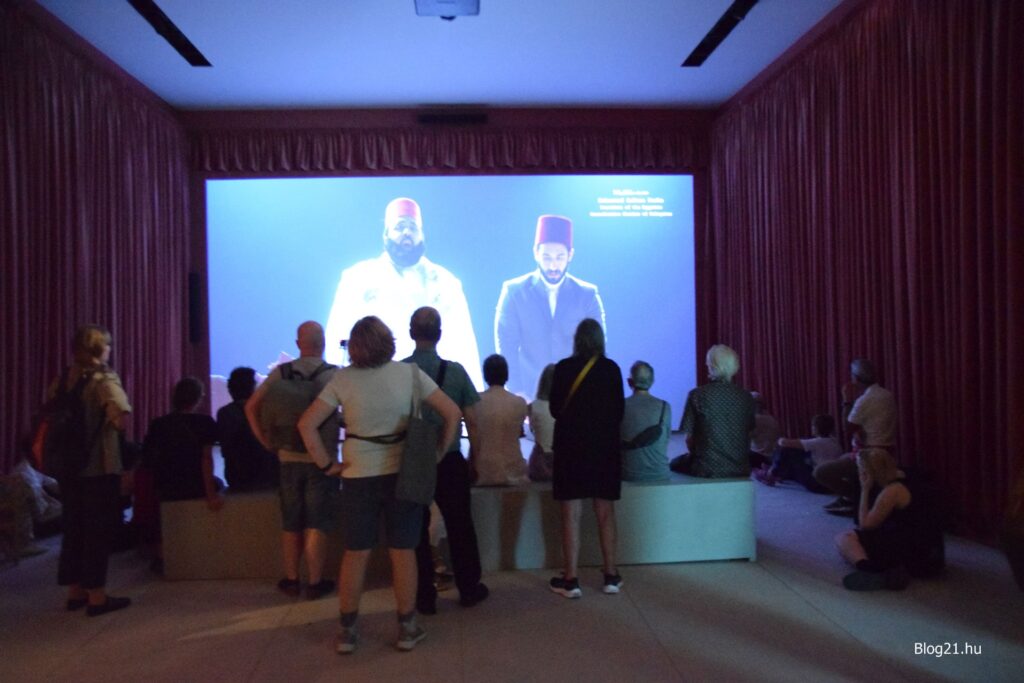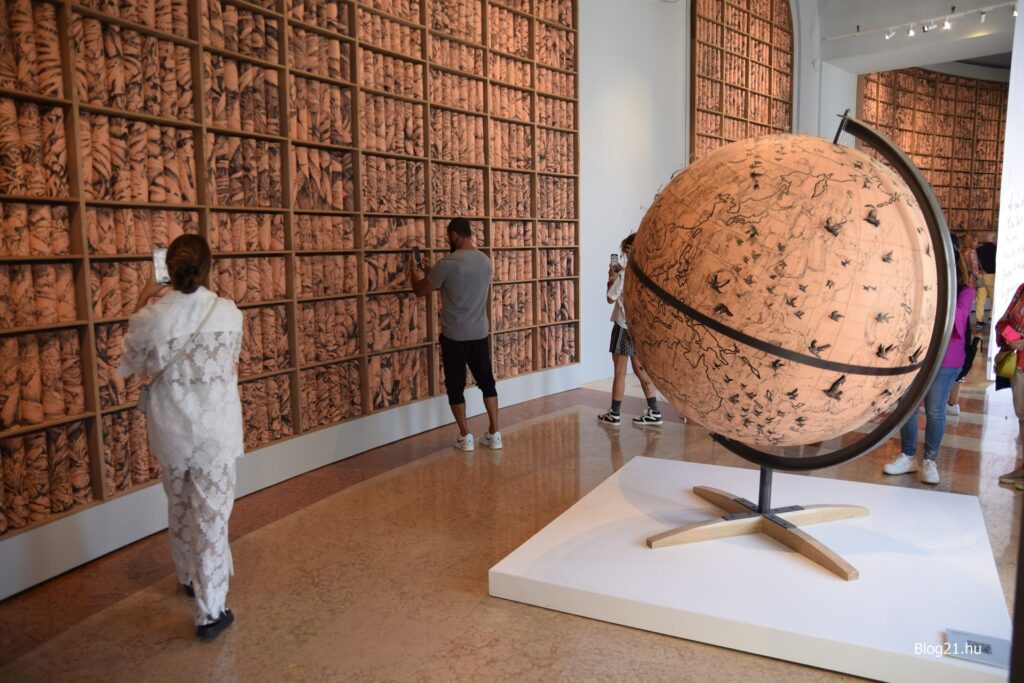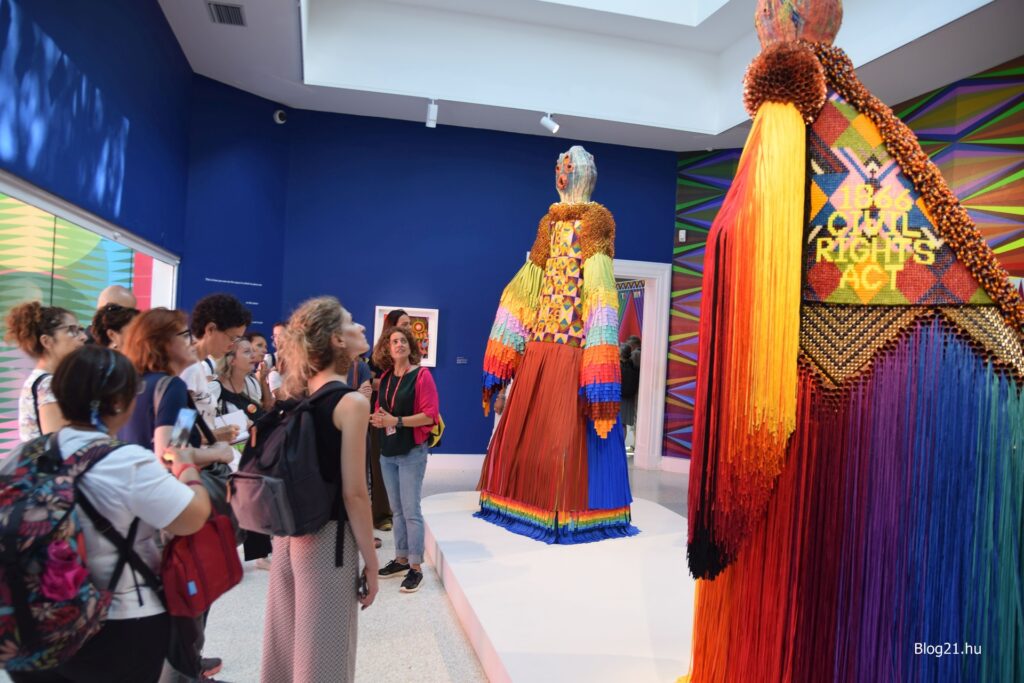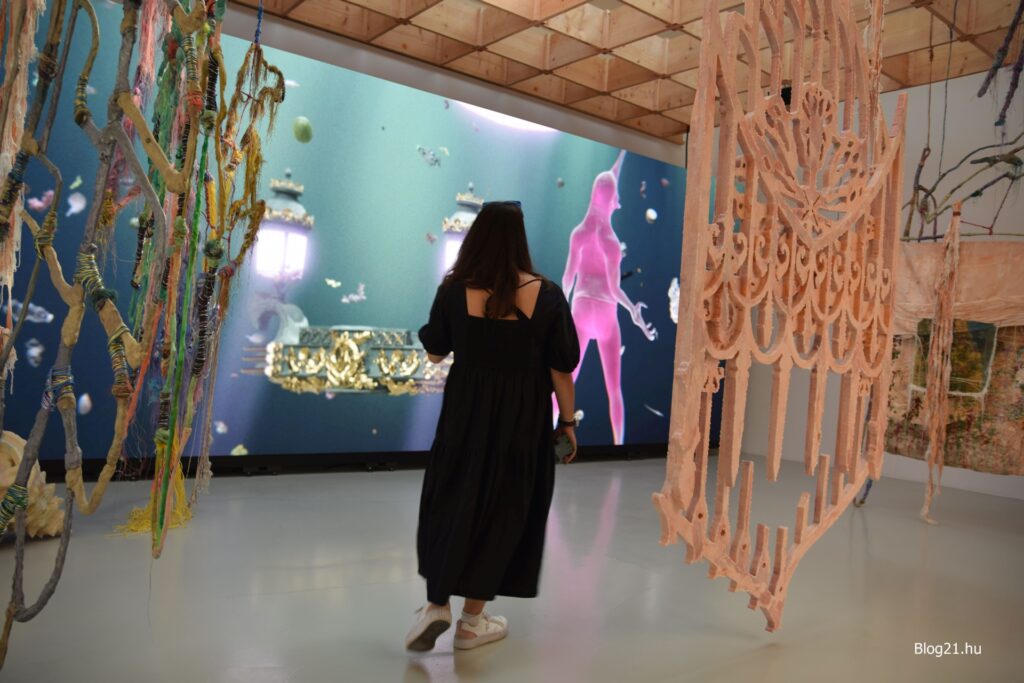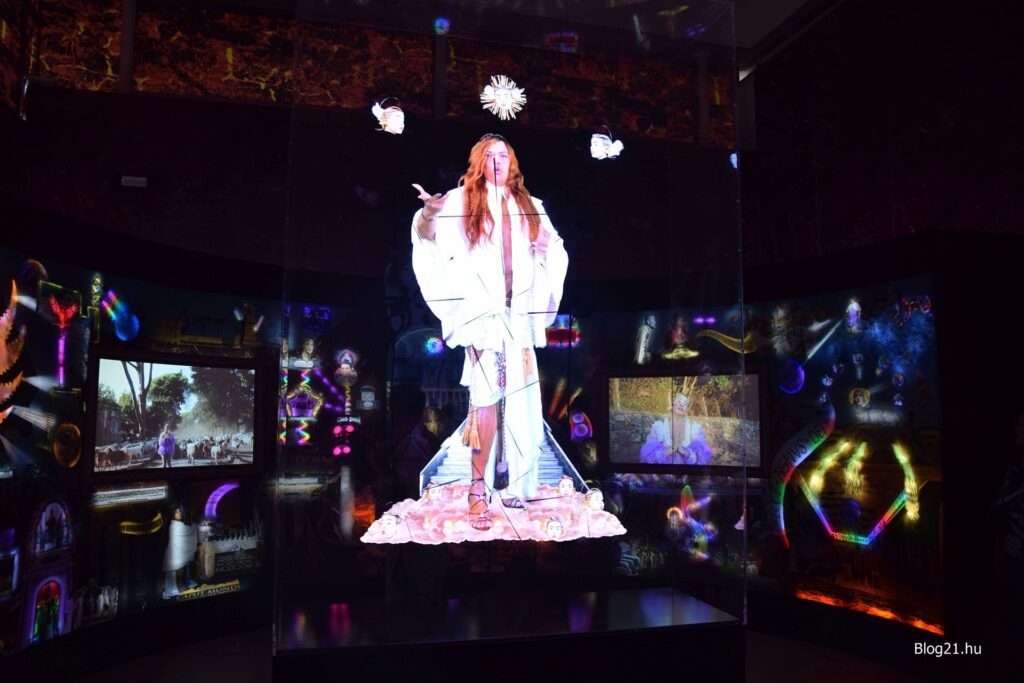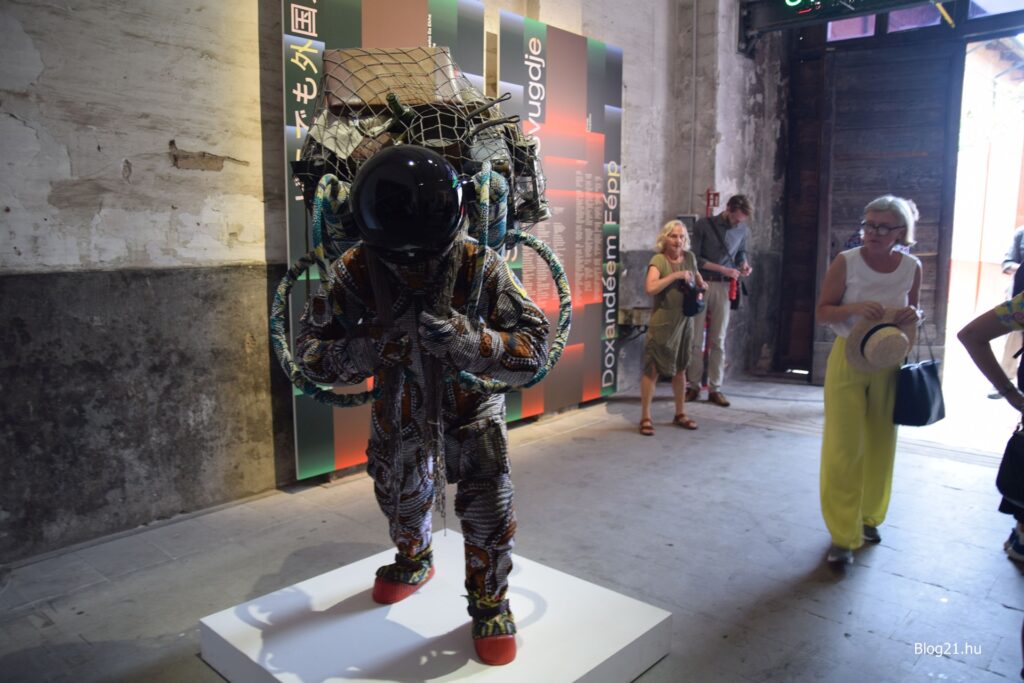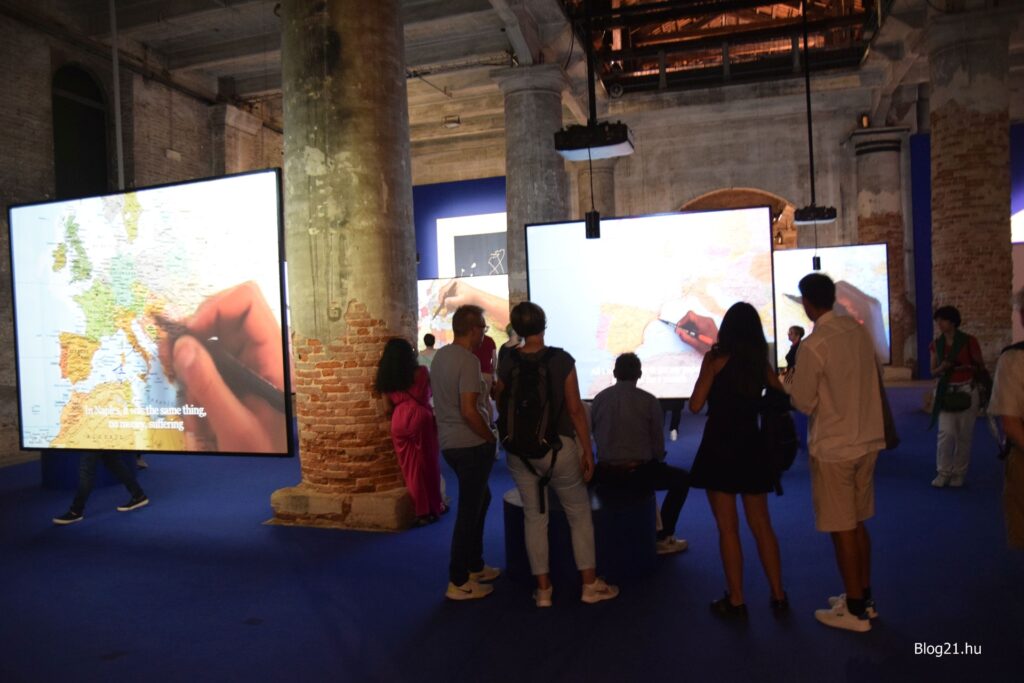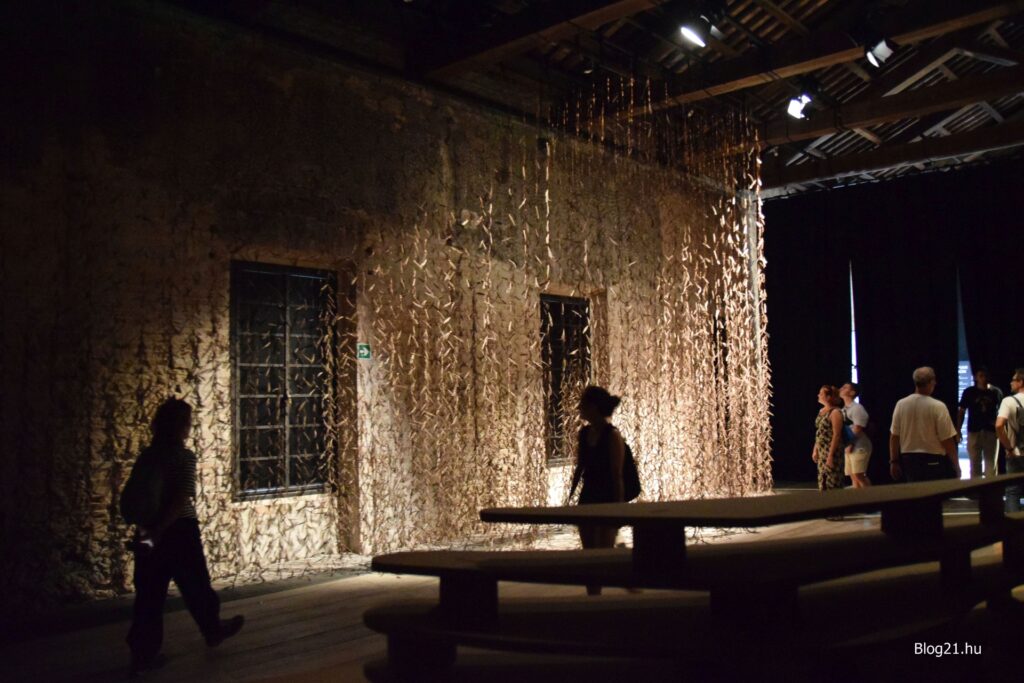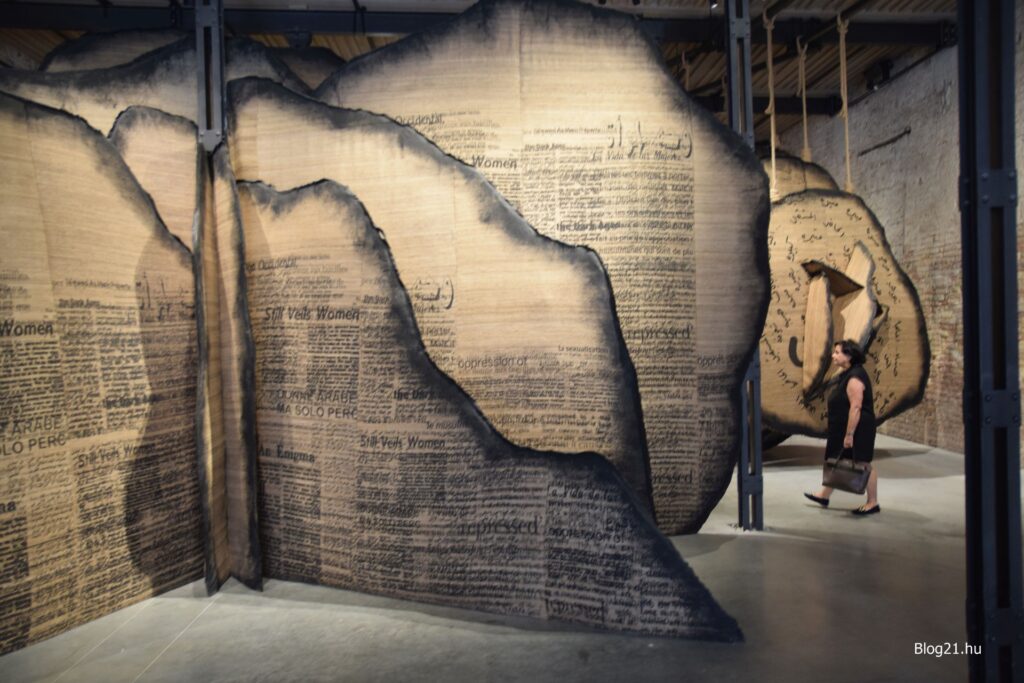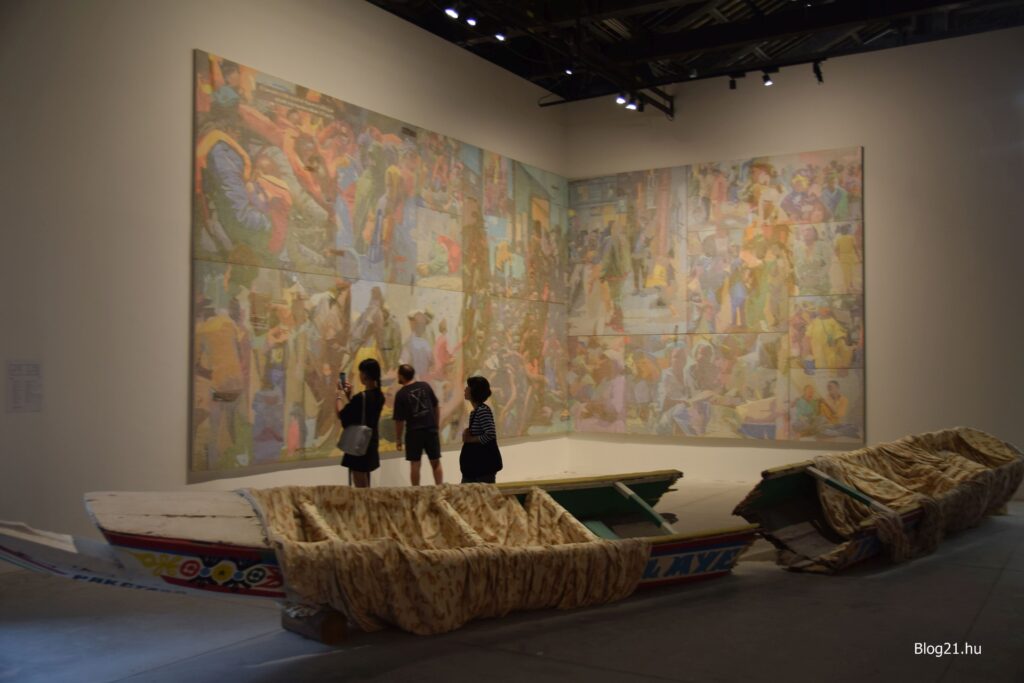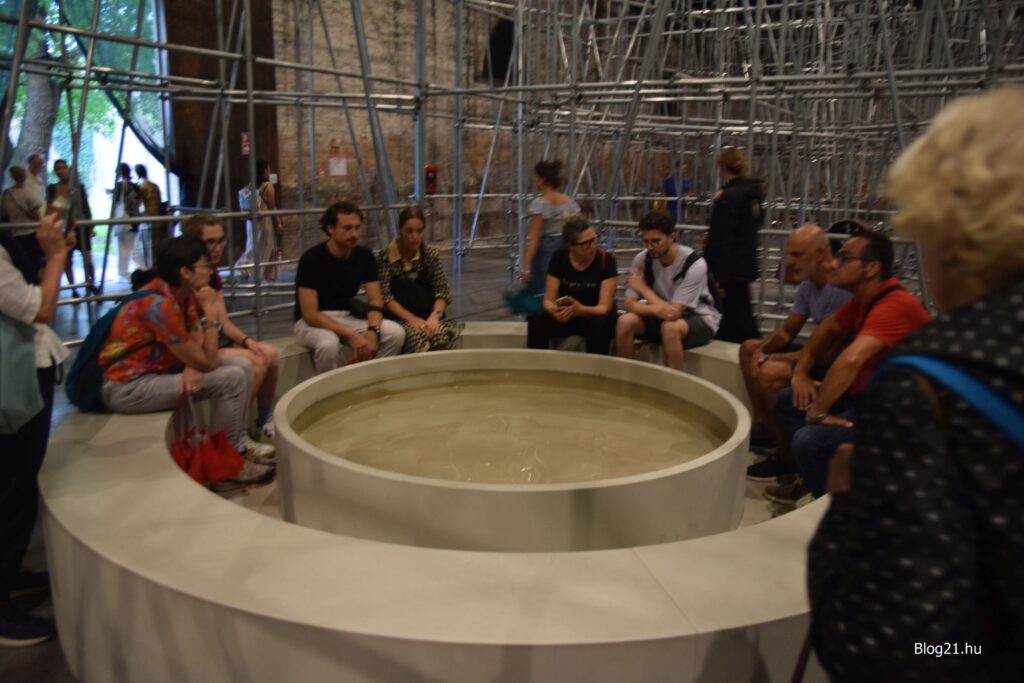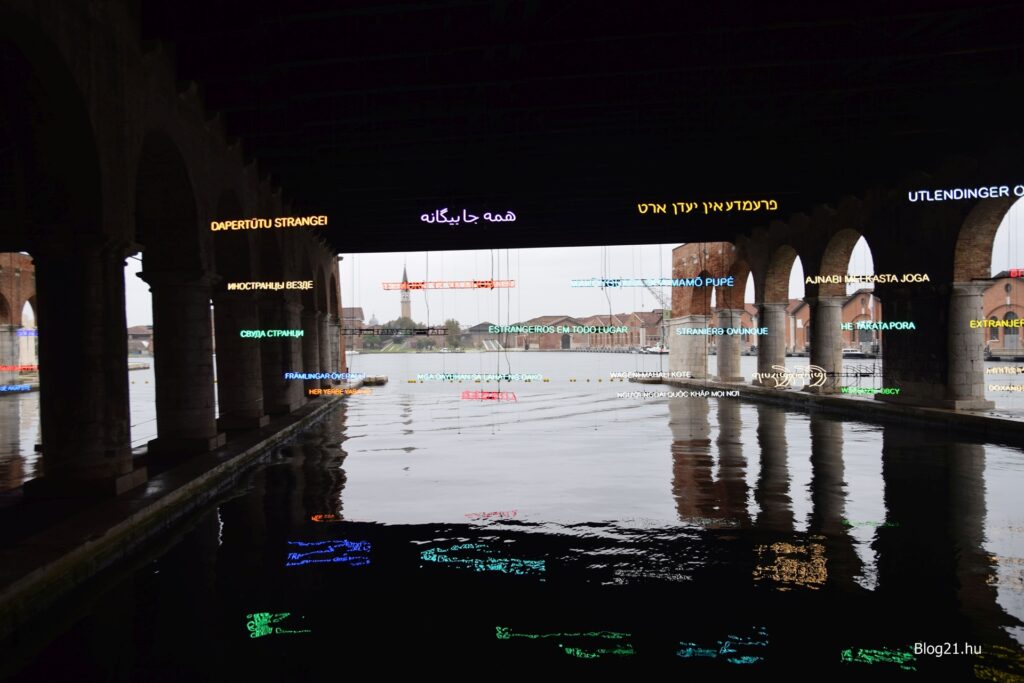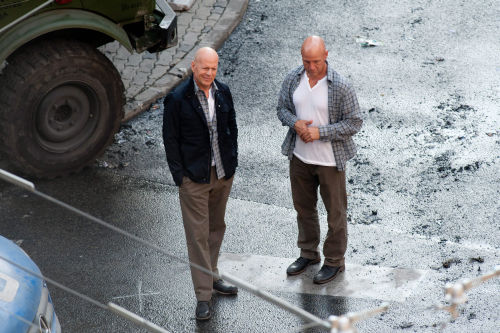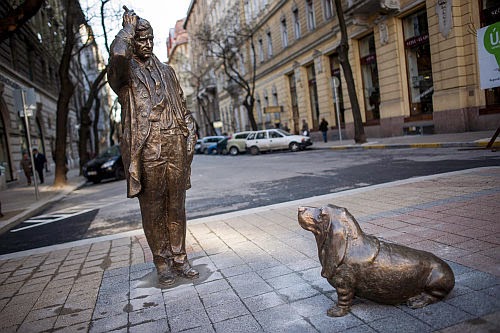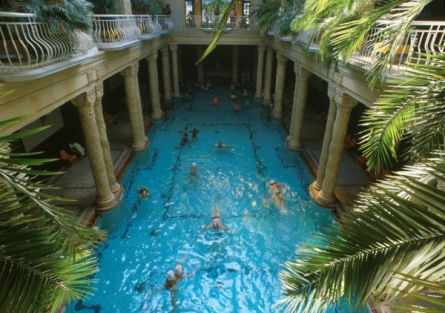I’m always fascinated by the scale and content of the exhibition, but this year I had some shortcomings.
We first visited the Venice Biennale in 1997 and loved it so much that we haven’t missed a single one since.
Over the years we have managed to develop a nice routine. As accommodation in Venice is expensive, we rent something in neighbouring Mestre for three or four nights at a medium price. We feel quite at home in Mestre, we know where the good cafes, pizzerias and supermarkets are and, most importantly, we know how to get between Mestre and Venice.
We usually spend two days at the Biennale, one at the Arsenale and one at the Giardini. And one day we do something else, like this year we explored one of Venice’s beaches.
We didn’t regret it this year either, it’s a pleasure to dive into the largest and perhaps deepest sea of international contemporary art, but this year we didn’t get the pleasant shock we had in 1997 and 1999.
One reason for this may be that our threshold for stimuli is higher. Whereas in the beginning every pavilion, every work of art was a novelty, and by the end we were almost giddy with the sheer number of unusual works, we are now used to the unusual being the usual.
The other reason is that the theme ties the artists’ hands a bit. This year, for example, the title of the exhibition was Foreigners Everywhere, which is of course open to a wide range of interpretations, but it also indicates a certain direction, which in some works went as far as didacticism.
The earlier experimental spirit also seems to have waned, and we have never seen so many traditional paintings in the central exhibition spaces as this year.
The war in Ukraine and Gaza did not help the mood. Not only because both the Russian and Israeli pavilions were closed, and both countries had previously produced some amazing works, but the war works could not always get out of their own shadows.
Some very strong national pavilions:
- Austria
- Chech Republic
- Egypt
- France
- Germany
- Great Britain
- Greece
- Hungary
- Japan
- Serbia
But the good news is that more and more countries are opening national pavilions outside the two main venues. These are usually free to visit and show very fresh and exciting art.
We will be back in Venice in two years’ time.
Have fun with the photos:
